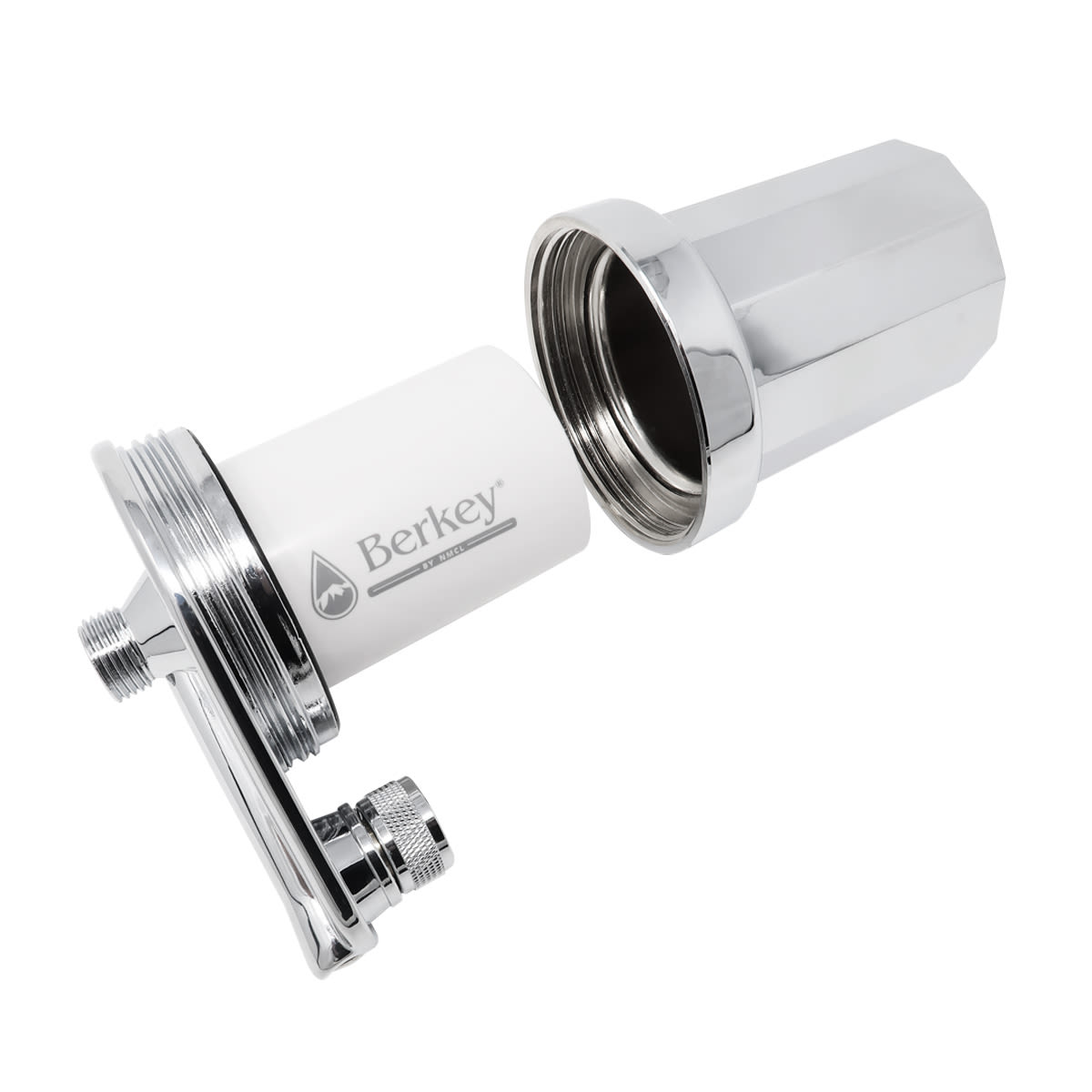The Black Berkey Filter and Virus Removal
I thought that to have a filter with pores fine enough to remove viruses, there would be frequent clogging problems? Is that why some filters use a bacteria size pore and a secondary disinfectant step (e.g. iodine resin) to kill viruses?
The proprietary filter formulation used in Black Berkey water filters makes up for the incredibly small pore size by utilizing an exponentially greater number of micro pores in each purification element than that found in other filter elements. This is the reason Black Berkey water filters produce approximately 8 times more water per hour than do other gravity filters. Therefore, while some of the surface pores will clog up from contaminates, it is difficult for such contamination to overwhelm all of the pores and so clog up the entire filter. Eventually the majority of surface pores may clog up slowing down the flow rate of the Black Berkey filter. When this happens the filter can be refreshed by simply brushing the outside of the element with a ScotchBrite pad or toothbrush. This will remove the surface pores that have become clogged. Therefore, in answer to your question, even though the filters have such small micro fine pores, the element will not clog up prematurely
How does the Black Berkey filter deal with viruses? Possibly with a series of filters with graded pore sizes? Or is the virus filtration due to the tendency of viruses to clump with bacteria and debris in the water?
The micro fine pores are so small that they prevent micro fine particulate such as bacteria, viruses and even food coloring particulate from passing through the tortuous path that water is able to pass through. These contaminates are trapped in the microfine pores while the much smaller H20 molecules are not. Therefore, in answer to your question, this method separates the contaminates from the purified water.
Are the MS-2 and Fr Coliphage still known to be a good indicator of virus filtration? At least one article suggests that it might not be. Do you have tests on any other viruses?
MS-2 and Fr Coliphage are two separate viruses with two different removal characteristics. That is why they are used as surrogates for other types of virus. These viruses were selected, by both the EPA and the US military, because of their small size relative to other virus strains and the difficulty in removing both strains. They each are approximately 24-26 nanometers in size which makes them among the smallest of virus. To understand the difference between the size of bacteria and viruses we would suggest that you visit The University of Utah Cell Size and Scale Chart (Slide the scale at the bottom to see the size of virus vs bacteria vs other potential contaminates and magnify to greater levels). These virus are comparable in size on that chart to the Rhinovirus. Therefore, in answer to your question, yes MS-2 and Fr Coliphage are the ideal virus for use as indicators of a purification systems ability to remove viruses.
The fact that Black Berkey purification elements have been tested to remove viruses to greater than the EPA purification standards suggests that contaminates larger in size, such as bacteria, should also be removed.
The MS-2 virus is 24-26 nm in size.
The Fr Coliphage virus is 25nm in size.
In other words, they are smaller than the hepatitis virus at 45mn and the rhinovirus at 30nm both referenced on the chart.
For more information on the MS-2 virus: MS-2 - Wikipedia
For more information on Bacteriophages in general: Bacteriophages: Update on application as models for viruses in water.
Discover the Black Berkey Water Filters amongst our full range of Water Filter Products.







